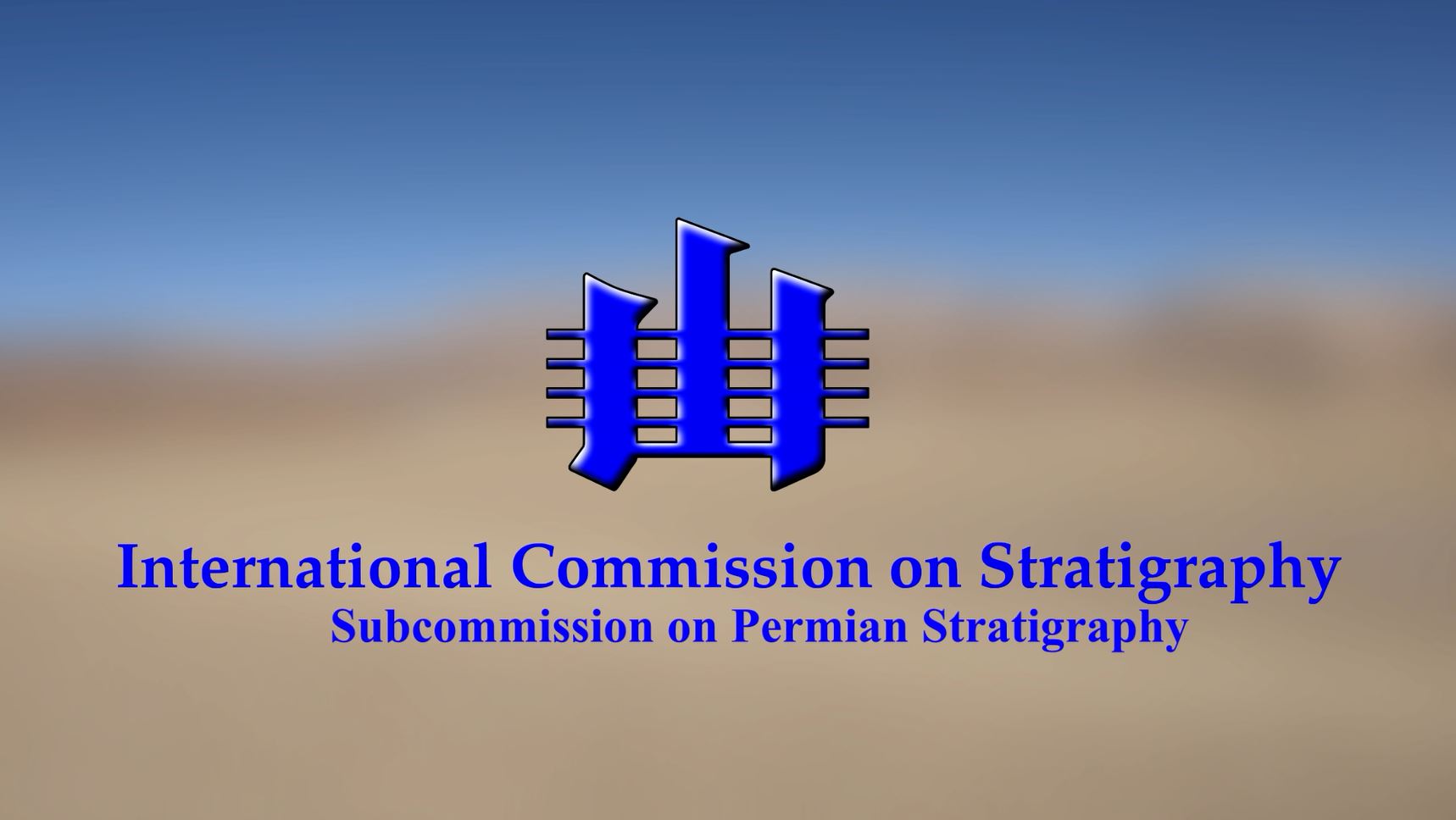About the Permian
The Permian is a geologic period which extends from 298.9 ± 0.15 to 251.902 ± 0.024 Ma. It is the last period of the Paleozoic Era, following the Carboniferous Period and preceding the Triassic Period of the Mesozoic Era.
The Permian System has been subdivided into three series. They are the Cisuralian, Guadalupian and Lopingian Series and contain nine stages. The Permian Period was extremely important in terms of its geological history because it witnessed a process from the greatest icehouse stage to the biggest biological mass extinction stage during the Phanerozoic. The latter wiped out about 95% of the marine species and 75% of terrestrial species on the earth at the end-Permian. The Permian world at the time was also dominated by a united supercontinent known as Pangaea, surrounded by a global ocean called Panthalassa with a gulf in the eastern part of Pangaea called as Palaeotethys.
Permian marine deposits are rich in fossil brachiopods, fusulinids, conodonts and ammonoids. Conodonts and fusulinids are the two major fossil groups for correlation between different regions. Brachiopods, ammonoids, mollusks and corals are also very useful for identifying Permian strata and reconstructing palaeogeography and palaeobiogeography at that time.
If you want to know more about the Permian Subcommission, have a look at this colourful new video.
For people you cannot access youtube, a low resolution version of the video is available at this link.
SPS video
Contact Us
Prof. Yichun Zhang
Nanjing Institite of Geology and Palaeontology, Chinese Academy of Sciences
Nanjing 210008, Jiangsu, P.R.China
Tel. +86-25-83282137
E-mail: yczhang@nigpas.ac.cn
Join Us
If you would like to join in SPS corresponding member and receive SPS Newsletter, please send your corresponding and email addresses to yczhang@nigpas.ac.cn or l.weldon@deakin.edu.au










